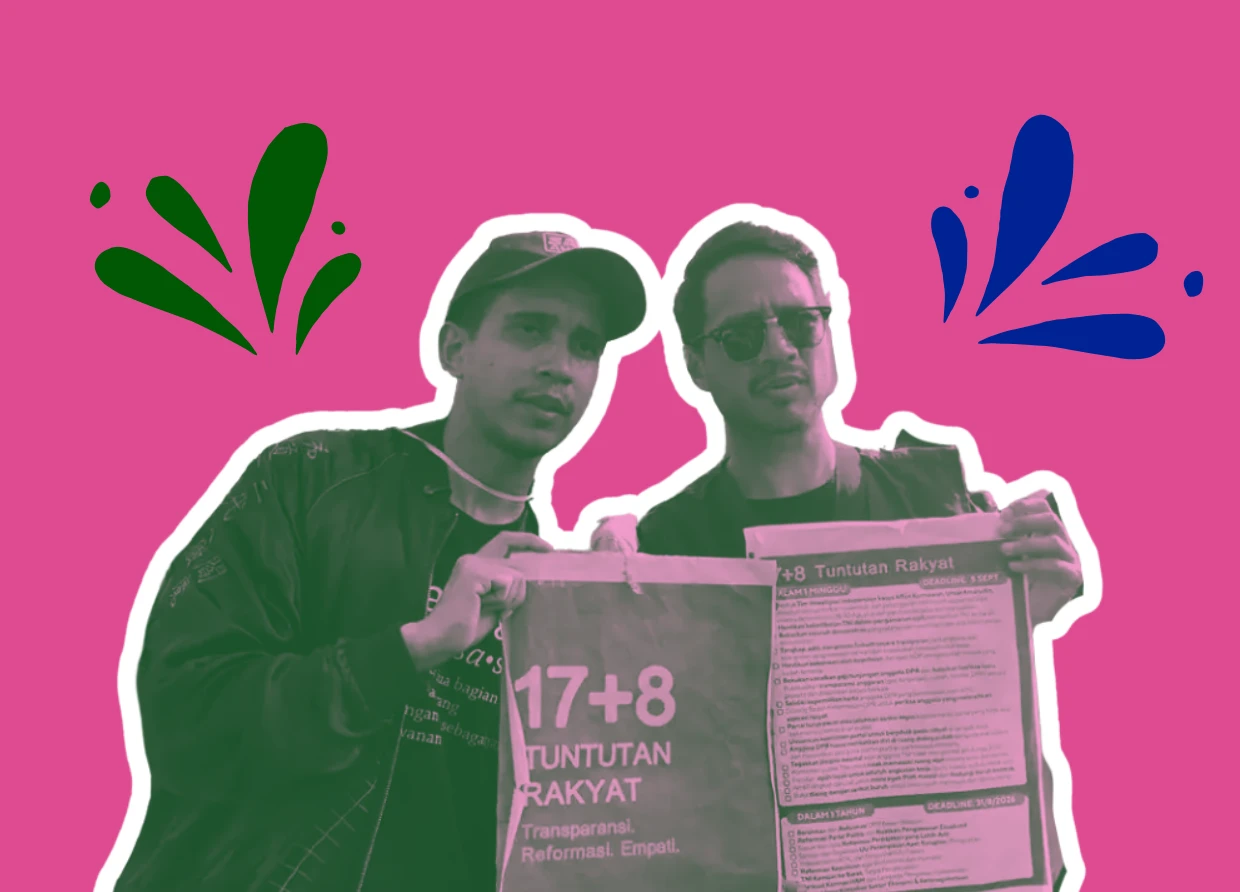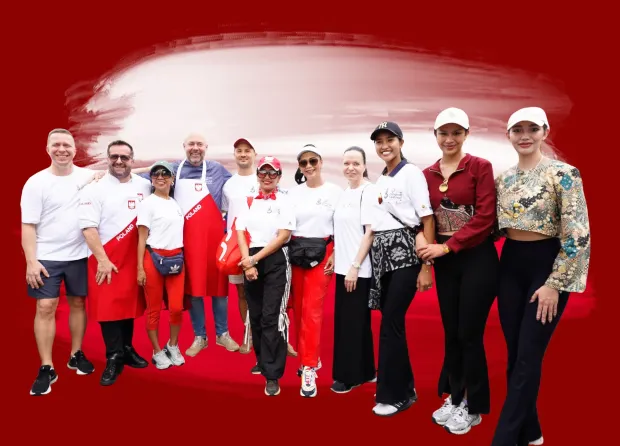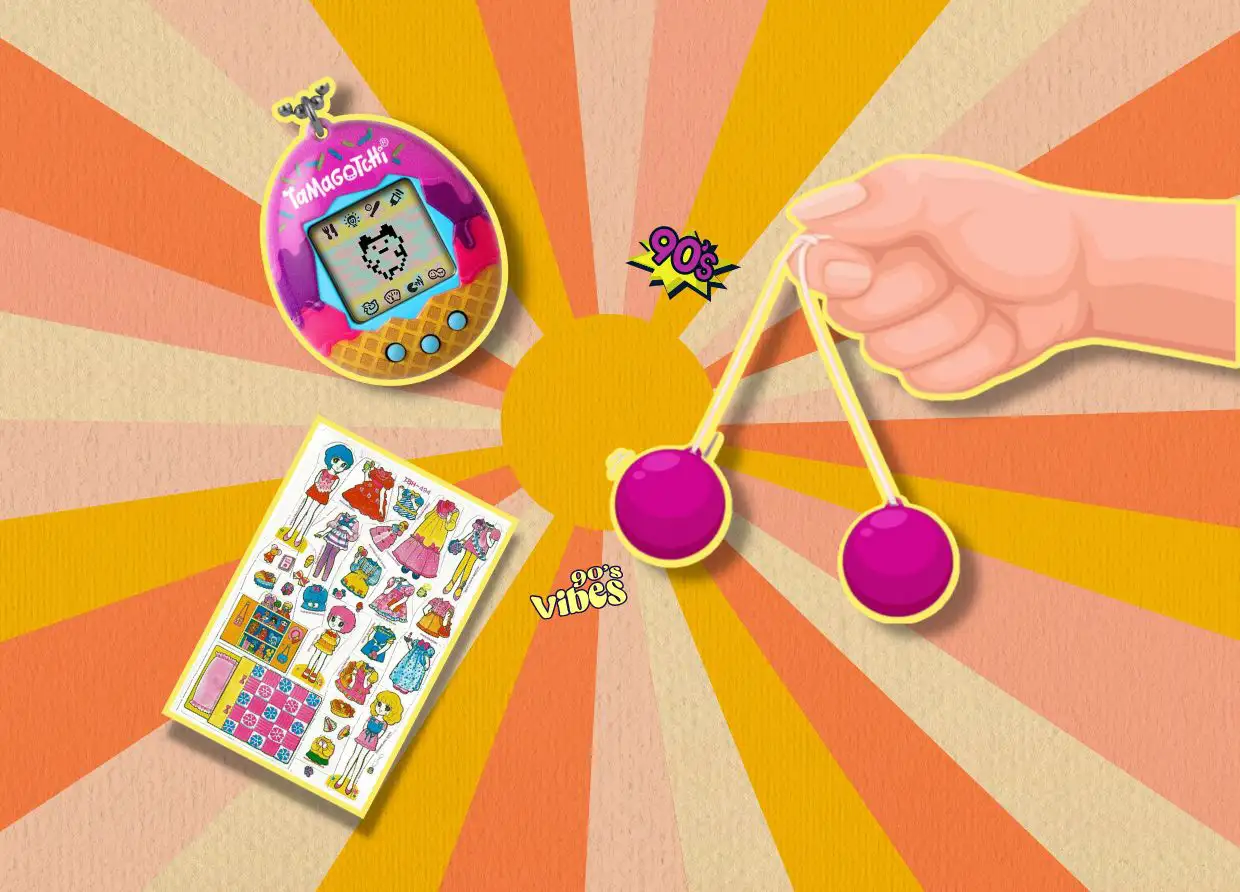TRANSFORMING WASTE INTO VALUE: INNOVATIVE LIFEHACKS FOR SUSTAINABILITY
Transforming Waste into Wealth: Innovative Solutions for Sustainable Living

In an era where environmental sustainability is more crucial than ever, the old mantra of “reduce, reuse, recycle” has evolved into innovative lifehacks that turn everyday waste into valuable assets. These creative methods not only help save money but also significantly reduce our ecological footprint, offering a dual benefit that is increasingly important in today’s world.
This exploration of waste transformation is not merely about finding practical solutions; it’s a testament to human ingenuity and our capacity to adapt to a world with limited resources. Join us as we delve into ten remarkable ways to turn what many consider trash into practical gold, proving that with a bit of creativity and determination, the possibilities are endless and inspiring.
1. Greasecars: Driving on Vegetable Oil
The concept of running vehicles on waste vegetable oil might sound futuristic, yet it is a practical and increasingly popular reality. Known as “greasecars,” these vehicles operate using refined waste vegetable oil instead of traditional fuel, turning a common waste product into a valuable resource.
The transformation process involves collecting used cooking oil from restaurants, filtering out food particles, and chemically treating it to perform effectively in diesel engines. Utilizing greasecars is not just an economical choice but a significant environmental boon. By repurposing waste oil, we dramatically reduce the emission of harmful pollutants compared to standard diesel engines, while also decreasing dependency on fossil fuels.
2. Upcycled Plastic Bottle Greenhouses
Turning plastic waste into a functional structure is both an art and a necessity in today’s eco-conscious world. One remarkable application of this concept is the creation of greenhouses from upcycled plastic bottles.
Individuals and communities gather large quantities of plastic bottles, stacking them to construct the walls and roofs of greenhouses. These structures allow for excellent light penetration and retain warmth, creating an ideal environment for growing various plants year-round. This project also significantly reduces the cost of fresh produce in local communities, especially in urban areas.
3. DIY Bio-Bricks from Paper Waste
In a world overflowing with paper waste, innovative solutions are crucial. One such solution is the creation of DIY bio-bricks, transforming unwanted paper into sturdy, usable bricks.
This process begins with shredding discarded paper, which is then soaked in water to create a pulp. This pulp is mixed with a natural binder to enhance the structural integrity of the bricks. Once molded and dried, these bio-bricks provide excellent insulation properties, making them ideal for small construction projects while significantly reducing environmental impact.
4. Old Clothes to Reusable Tote Bags
Transforming old clothes into reusable tote bags minimizes textile waste while extending the life of fabric. The process involves selecting durable textiles from worn-out clothes and sewing them together, creating functional bags perfect for grocery shopping or carrying books.
By using these bags, individuals contribute directly to reducing the demand for disposable bags, which are a major source of pollution and landfill waste. This movement promotes sustainable living practices and allows people to express their style and creativity.
5. Organic Dye from Avocado Pits and Onion Skins
Creating organic dye from avocado pits and onion skins is a remarkable example of how everyday kitchen waste can be transformed into something extraordinarily useful. The process involves boiling these materials in water to extract their natural colors, offering a non-toxic alternative to harsh chemicals found in commercial dyes.
This method not only minimizes waste but also reconnects people with traditional crafts, providing a safe and environmentally friendly option for artists and crafters.
6. Soap from Used Cooking Oil
Reusing used cooking oil to make soap is an ingenious method of waste conversion. The process involves purifying the oil to remove food particles, mixing it with a lye solution, and adding essential oils for scent.
By making soap from used cooking oil, individuals can create an eco-friendly product that is gentle on the skin and promotes environmental awareness and responsibility.
7. Making Chalk with Eggshells
The transformation of eggshells into chalk is a brilliant example of repurposing everyday kitchen waste. Collected eggshells are washed, dried, and ground into a fine powder, which is then mixed with flour and hot water to create a thick paste.
This homemade chalk serves as an inexpensive resource for classrooms and crafts, encouraging educational activities and instilling a sense of environmental responsibility in young learners.
8. Make a Hanging Light Out of a Wine Bottle
Transforming an empty wine bottle into a stylish hanging light fixture is an innovative way to upcycle glass. This DIY project repurposes waste while adding a unique aesthetic touch to any space.
The process involves cutting the bottle, fitting it with a light fixture kit, and decorating it to enhance its effect. This project not only brightens a room but also serves as a conversation starter about sustainability.
9. Making Pom Poms with Old Newspapers
Crafting pom poms from old newspapers is an engaging way to recycle paper waste into decorative items. This creative reuse not only helps reduce paper waste but also offers a fun crafting activity for all ages.
These newspaper pom poms can be painted or sprayed with various colors, making them versatile for decorations, gift toppers, or playful costume additions.
10. Converting Sawdust to Woodworking Projects
The reuse of sawdust in woodworking projects exemplifies how industrial by-products can be repurposed into valuable items. Sawdust can be collected and mixed with a binder to create a moldable composite material, allowing woodworkers to minimize waste while still creating beautiful and functional items.
By finding new uses for sawdust, woodworkers can significantly reduce their ecological footprint, encouraging a culture of recycling and innovation in the woodworking industry.
These innovative methods showcase how transforming waste into valuable resources can contribute to a cleaner, greener future. As we confront the challenges of climate change and resource scarcity, fostering a culture of creativity and sustainability will empower individuals and communities to make a meaningful difference.
#THE S MEDIA #Media Milenial #sustainability #waste management #recycling #eco-friendly innovations #upcycling #environmental impact #creative reuse #DIY projects #green living #resource efficiency


























